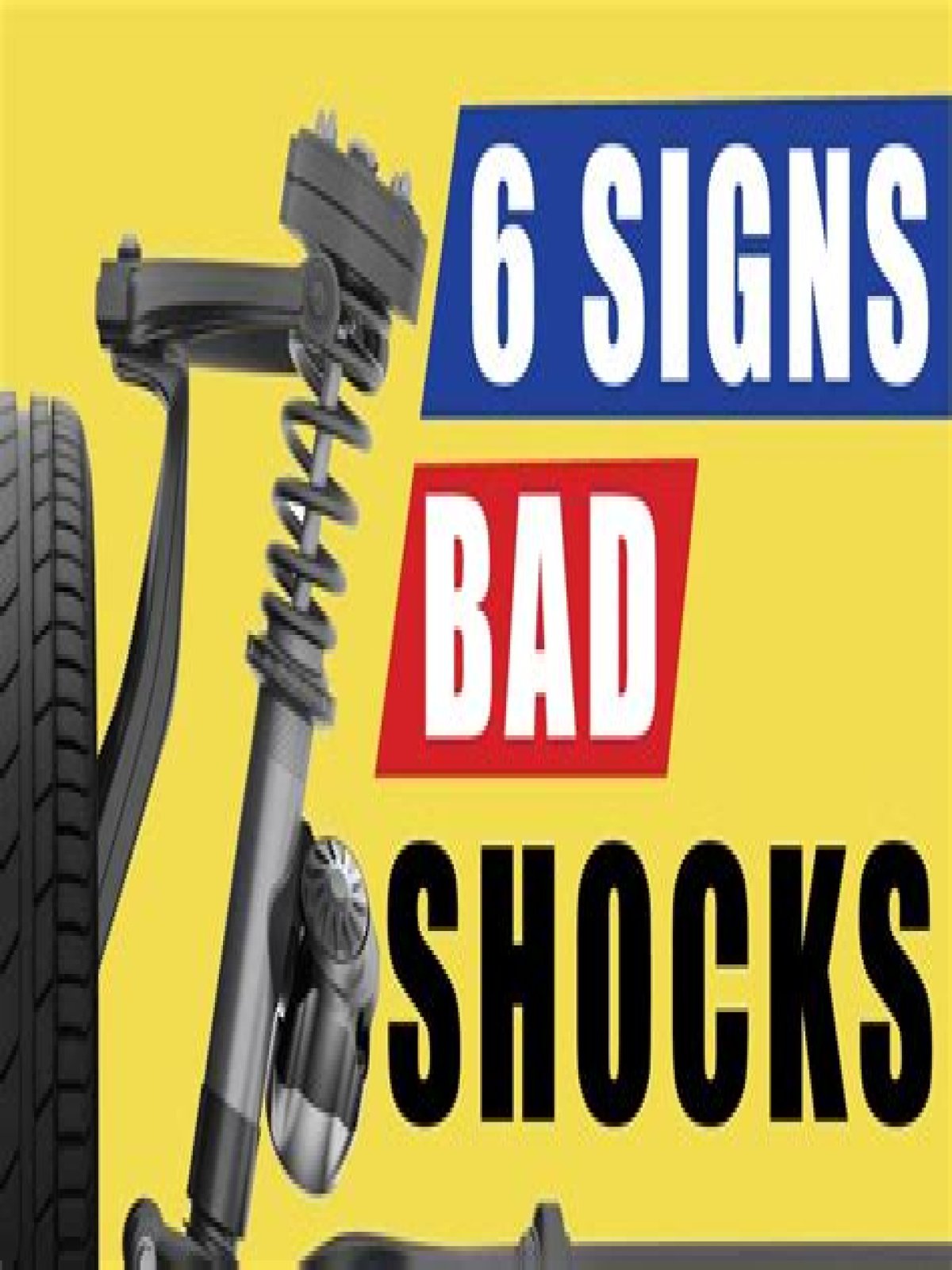Regarding this, what noise does a broken shock absorber make?
This likely means your worn-out shocks are causing your coil springs to vibrate wildly against your vehicle's chassis. On bumps and turns, grunting or squeaking means your front steering mechanism could be wearing out. This could potentially cause you to lose control of your car's steering.
Beside above, can you drive a car with a broken shock absorber? Driving on a cracked wheel is theoretically possible but any crack can suddenly turn into a complete break, leading to catastrophic failure and possibly a crash. Never drive a car with a broken shock absorber at highway speeds and avoid sudden turns or stops; in the long run, a broken shock will need to be replaced.
Similarly, it is asked, how do I know if my shock absorber is broken?
Symptoms of a Bad or Failing Shock Absorber
- Vibrations while driving.
- Swerving or nose diving while braking.
- Brakes take more time to stop the car.
- Uneven tire wear.
- Leaking fluid.
- Cracked bushing at attachment points.
What noise does a bad strut make?
When compressed, the knocking sound that is often heard is caused by the strut "bottoming out" or metal-to-metal contact. If you notice a knocking or clunking sound coming from an area near the front or rear tires, it's most likely due to worn out or broken struts.
